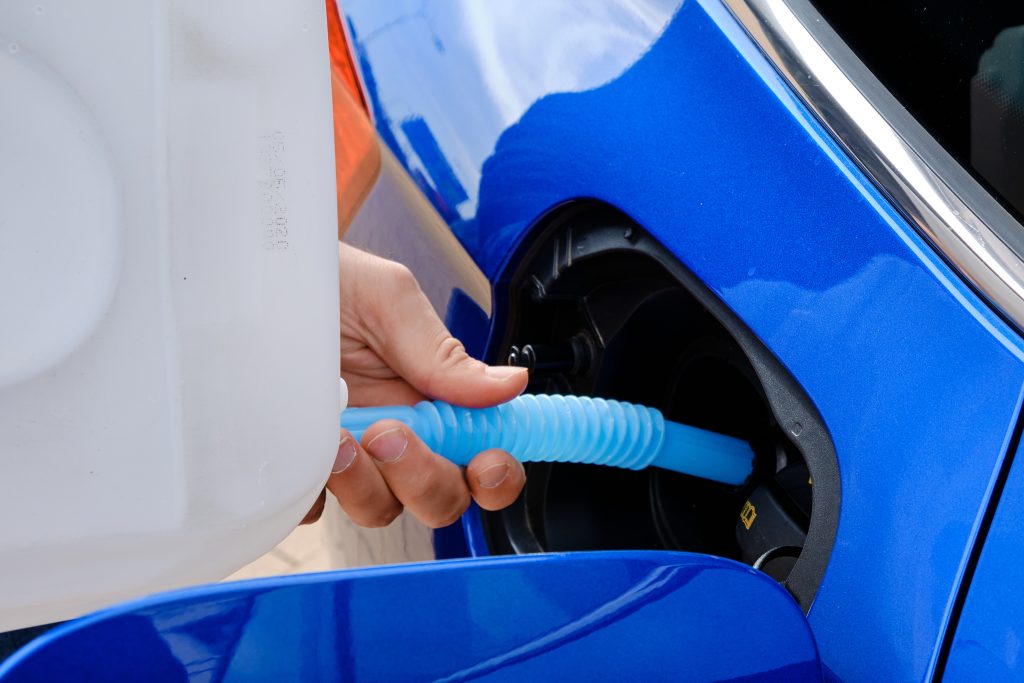Understanding the intricate dance of temperature’s influence on Diesel Exhaust Fluid (DEF) requires a blend of science and poetry. Much like a symphony composed of various instruments, DEF combines urea and water to mitigate harmful emissions in diesel engines, ensuring that vehicles can perform harmoniously while safeguarding the environment. However, just as a musical score is susceptible to the emotions of its players, DEF is vulnerable to the whims of nature—specifically, to freezing temperatures.
First, let’s explore what DEF is and its critical role in the realm of diesel engines. DEF, a non-toxic solution composed of 32.5% urea and 67.5% deionized water, is utilized in advanced diesel engines equipped with Selective Catalytic Reduction (SCR) technology. Its primary purpose is to convert harmful nitrogen oxides (NOx) produced during combustion into nitrogen and water vapor, significantly reducing emissions and enabling compliance with stringent environmental standards.
The freezing point of DEF is approximately 12°F (-11°C). Picture a hardy snowflake that refuses to melt as it descends, transforming a landscape into a winter wonderland. DEF, when exposed to plummeting temperatures, undergoes a similar transformation, risking not only its efficacy but also the functionality of the vehicles dependent on it. As temperatures drop, DEF can freeze, leading to crystallization, which poses potential challenges for both storage and usage.
Understanding DEF’s freezing point is paramount for diesel engine operators, particularly those in temperate and cold climates. One might say that DEF is akin to a delicate flower thriving in a well-tended garden; if temperatures dip too low, the flower wilts, losing its vibrancy and vitality. For vehicles using DEF, this wilting manifests as operational challenges. When DEF freezes, it cannot be delivered to the SCR system, resulting in restricted power output, increased emissions, and possible triggering of check engine lights—all detrimental outcomes that can mar the performance of what is otherwise a robust vehicle.
So what happens when DEF encounters sub-zero temperatures? The molecular structure of urea begins to crystallize, forming a solid block that cannot flow through the system. This phenomenon isn’t merely an inconvenience; it’s an interruption in the larger narrative of environmental stewardship. Just like a sudden storm disrupting a carefully planned event, a frozen DEF tank can wreak havoc on scheduling and operational continuity.
To mitigate the risks of DEF freezing, it’s crucial for operators to consider several strategies. First, proper storage is vital. Keeping DEF in a climate-controlled space—where temperatures are maintained above its freezing point—ensures its functionality. This isn’t merely best practice; it’s akin to providing a cozy home for a prized pet, safeguarding it against the harshness of winter’s chill.
For those in regions where DEF freezing is a common occurrence, investing in heating solutions is wise. Some manufacturers supply heated DEF tanks or hoses, designed to maintain optimal temperatures for the fluid. These systems act as guardians, ensuring that DEF remains liquid and ready to perform its crucial role. Like a faithful companion shielding you from the frigid winds of winter, these systems safeguard vehicle performance and compliance with emissions regulations.
Another critical aspect to consider is the use of additives that can lower the freezing point of DEF. These innovative solutions can enhance the resilience of DEF, much like the way a winter coat can enable you to brave the cold while still enjoying a day outdoors. However, not all additives are compatible with DEF, so thorough research and adherence to manufacturer guidelines are essential to avoid repercussions that could diminish the integrity of the fluid or, worse, damage the engine.
Post-freezing, the process of reconstitution of DEF must be approached with care. If DEF has frozen, it should be thawed gradually to restore it to its usable state. Rapid heating can lead to decomposition of the urea, resulting in a dubious quality that may no longer fulfill its intended function. The restoration process mirrors the gentle thawing of a frozen pond—too fast, and you risk cracking the ice beneath.
An additional consideration lies in the signage of DEF storage and usage practices. Labels indicating the freezing point and recommended storage conditions can serve as vital reminders, ensuring operators remain vigilant, much like signposts along a winding mountain road guiding travelers through treacherous terrain. Such attention to detail pays dividends in maintaining the efficiency of diesel engines.
In summary, DEF’s freezing point is not merely a statistic—it’s a pivotal element in the narrative of diesel emissions management. Operators who appreciate the implications of DEF freezing are empowered to make informed decisions, ensuring the fluid remains effective and their vehicles operate smoothly. Each move in this intricate dance between temperature, technology, and the environment reflects a commitment to sustainability and performance. As the relationship between diesel engines and DEF unfolds, it becomes clear that understanding DEF freezing is essential to preserving the harmony of both industrial performance and ecological responsibility.
Ultimately, as winter approaches and the temperature drops, the key to maintaining DEF—and the health of the engines relying on it—lies in proactive measures, thoughtful strategies, and a deep appreciation for the nature of the elements at play. After all, just as melodies resonate in harmony with one another, so too must technology and nature collaborate for a sustainable future.
